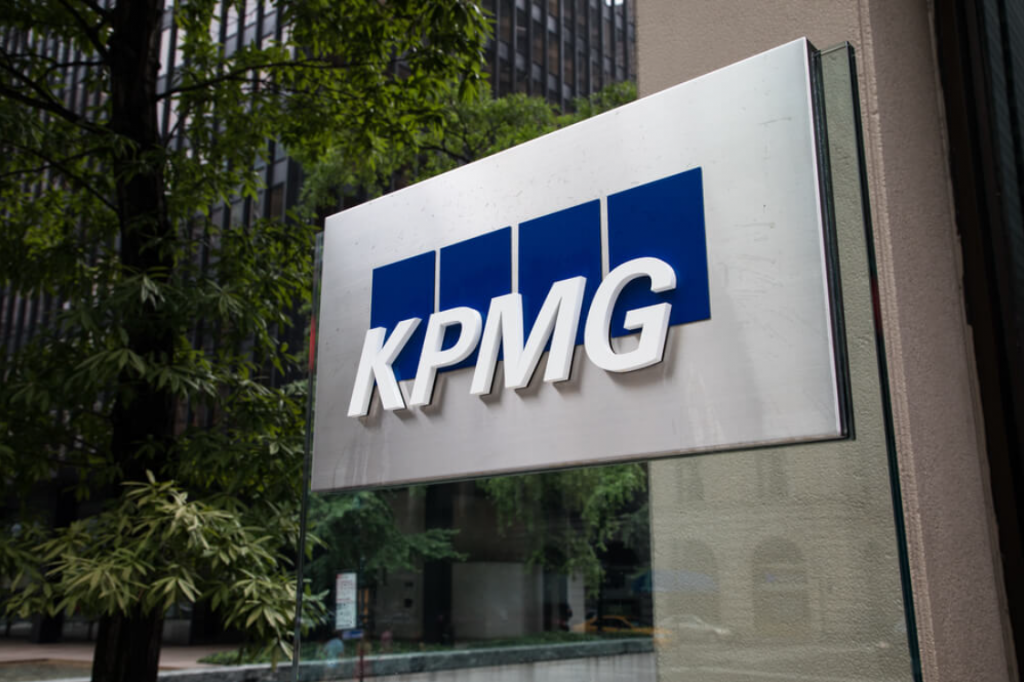Shareholders in Worley successful on appeal – class action to continue following significant decision of Full Federal Court
On 11 March 2022, in an important decision for shareholder class actions in Australia, a three-judge panel of the Federal Court of Australia allowed an appeal of plaintiff/appellant Larry Crowley (appellant) and set aside orders from the primary court—which were part of only the second shareholder class action judgment in Australia’s history—dismissing the originating application and fourth and further amended statement of claim in the matter of Crowley v Worley Ltd ACN 096 090 158 [2022] FCAFC 33.
The issues on appeal included whether the primary court had erred in (i) not finding that the defendant/ respondent Worley Ltd. (respondent) had engaged in misleading and deceptive conduct by representing that it expected to achieve net profit after tax (NPAT) in excess of $322 million in the financial year ended 30 June 2014 (FY14) and that it had reasonable grounds to so expect, in contravention of, inter alia, s 1041H of the Corporations Act; (ii) not finding that the respondent had contravened its continuous disclosure obligations under s 674 of the Corporations Act and listing rule 3.1 of the (the) Australian Stock Exchange (ASX); and (iii) finding that the relevant representor of financial disclosures was the board of the corporation and not the corporation itself.
In summary, the decision is important in at least the following respects, particularly for plaintiffs in shareholder class actions in Australia:
- Clarifies that, in misleading and deceptive conduct cases, the reasonableness and knowledge of a company’s board alone—even if the board has the final say in approval of company financial announcements or filings—is not the relevant inquiry. Rather, it is the company’s knowledge itself (as the representor), through orthodox principles of agency, that is the key when determining the elements of reasonableness and knowledge. This allows plaintiffs to adduce a broader array of relevant evidence in order to prove these elements.
- Primary courts should take into account whether officers, directors or employees who were allegedly central to the alleged misleading and deceptive conduct—particularly if still employed by the defendant—have been called by the defendant to give evidence. In the event that they have not, primary courts are entitled to make an adverse inference against the defendant that the evidence would have been unfavourable.
- In cases where the allegation is that the defendant issued overstated profit guidance in violation of continuous disclosure obligations, the proper question is not whether the defendant ought to have held an opinion that its guidance was overstated, but whether the defendant had or ought reasonably to have had information to that effect, i.e., a lower threshold for plaintiffs to meet.
Background
The key facts can be summarised as follows:
On 14 August 2013, respondent had published to the ASX its earnings guidance for FY2014 of $322 million (August 2013 earnings guidance statement), which was based upon respondent’s internal FY14 budget forecasting an NPAT of $352.1 million. On 9 October 2013, respondent made an additional announcement that its first half results would be lower than the prior year, but affirmed the August 2013 earnings guidance statement. That guidance statement was then reaffirmed in two additional investor presentations in October 2013.
Then, on 20 November 2013, respondent published revised earnings guidance downward, stating that NPAT for FY14 would be in the range of $260 to $300 million (November 2013 revised earnings guidance statement). Upon that publication, respondent’s share price fell approximately 26% and appellant subsequently brought a shareholder class action on behalf of himself and other shareholders during the relevant period.
The November 2013 revised earnings guidance statement led to reflection among respondent’s senior management about what might have gone wrong in respondent’s budgeting process. That reflection led to the preparation of a memorandum by respondent’s Chief Financial Officer Simon Holt (Holt Memorandum). The Holt Memorandum noted, inter alia, that, in the past six years, respondent had underperformed its original budget by 10% or more five times. It also noted that respondent’s budgeting process and disclosures included that it should be a “P50” budget, that is, there should be at least a 50% chance that respondent will achieve its budget. The Holt Memorandum further concluded that expectations of growth at the senior management level had been too optimistic, with insufficient allowance made for potential downsides, and that budgets in prior years had not genuinely been P50 budgets.
Notably, in the proceedings before the primary court, respondent did not call Mr. Holt to give evidence to explain the Holt Memorandum or otherwise. Respondent also did not call several other key executives and employees involved in the budgeting process or the earnings guidance releases and announcements.
Discussion
The Court framed one of the primary issues on appeal as follows:
While the FY14 guidance representation was made as a result of a decision of the board to adopt the FY14 budget and give the August 2013 earnings guidance statement to the market, the representor was [respondent], not the board of [respondent]. Accordingly, the issue is whether [respondent] had reasonable grounds for making the FY14 guidance representation. The issue is not whether the board acted reasonably or unreasonably given the information made available to it by [respondent]’s officers.
Thus, the erroneous focus of the primary judge on the conduct and knowledge of respondent’s board, as opposed to the conduct and knowledge of respondent (through its officers and directors under orthodox principles of agency), led the Court to set aside the primary court’s orders. The Court reasoned that, were the law otherwise, any corporation could succeed in defending against a claim of misleading and deceptive conduct merely because the board itself had no reason to know of forecasts that were unreasonably and unrealistically high.
This is significant as it clarifies that knowledge (or lack of knowledge) of a company’s board alone—even if the board has the final say in approval of company announcements or filings—is not the relevant inquiry. Rather, it is the company’s knowledge itself, through orthodox principles of agency, that is the key when determining reasonableness and knowledge in a misleading and deceptive conduct shareholder class action.
The Court also credited the Holt memorandum as being a relatively contemporaneous document—not simply hindsight—prepared by the CFO who was intimately involved in the budgeting process and August 2013 earnings guidance statement. And the Court found that respondent’s failure to call Mr. Holt and numerous other key executives and employees to give evidence could have allowed for the primary court to draw an adverse inference as to what their testimony would have been, but that primary court failed to take those considerations into account in rendering judgment.
Again, this is a significant holding insofar as defendants should strongly consider calling all key witnesses—particularly to explain important documents such as the Holt Memorandum—to put on evidence and plaintiffs should argue strenuously that failure to do so brings to bear an adverse inference as to defendants’ evidence in shareholder class actions. The Court found that the primary judge “found all of the relevant facts but [did] not draw[] the inevitable inference those facts would require to be drawn.”
Finally, as to appellant’s contention that respondent had contravened its continuous disclosure requirements, the Court held:
In a case like the present, where the allegation[] is that the company issued an overstated profit guidance, the proper question is not whether [respondent] ought to have held an opinion that its NPAT for FY14 was likely to fall materially short of the amount forecast or the market consensus as to the NPAT, but whether the company had or ought reasonably to have had information to that effect.
Thus, the Court found that the primary judge and respondent had set the bar too high for appellant to plead and prove a continuous disclosure requirement violation— another significant holding that may be advantageous for shareholder class action plaintiffs going forward.
For more information, please contact:




